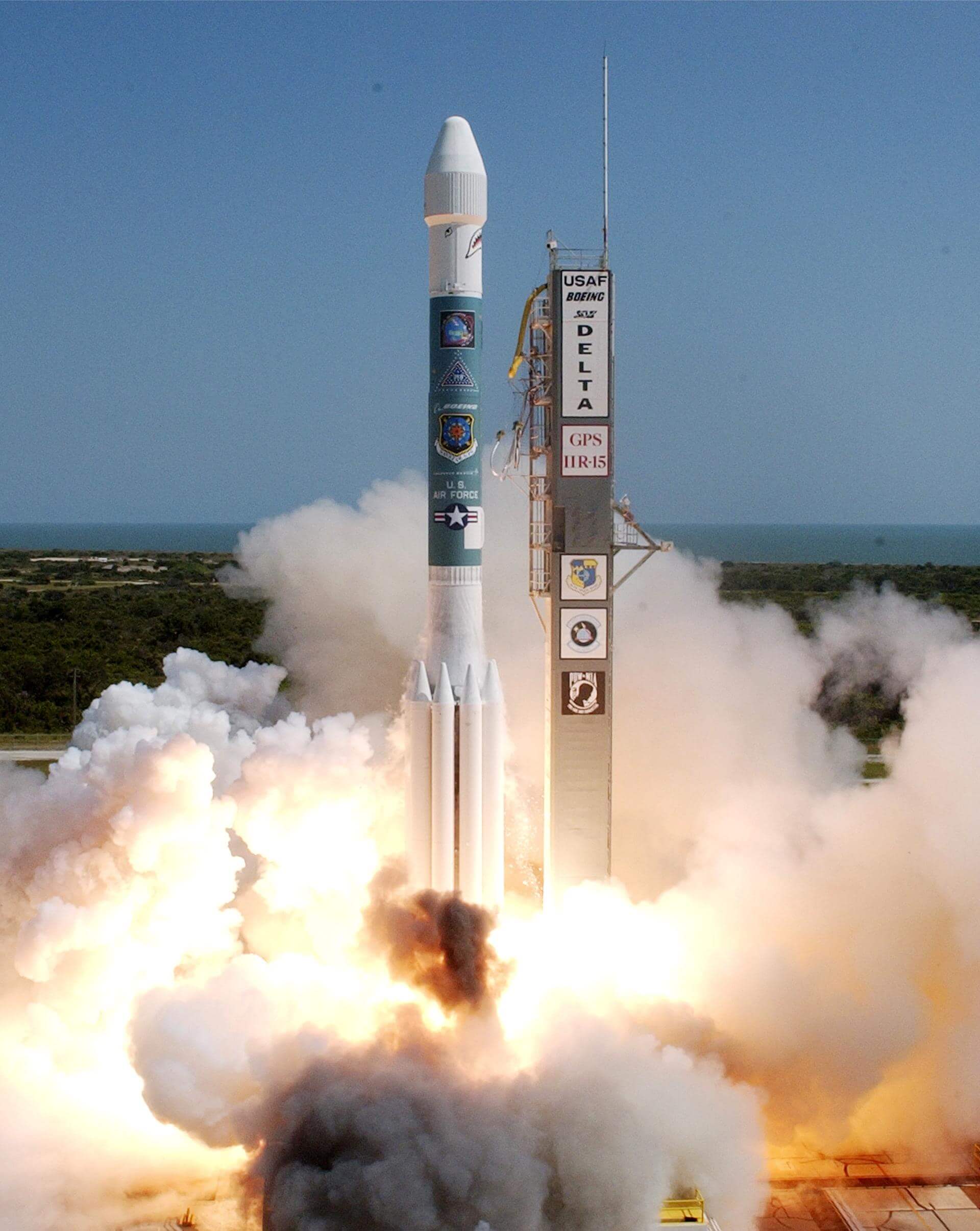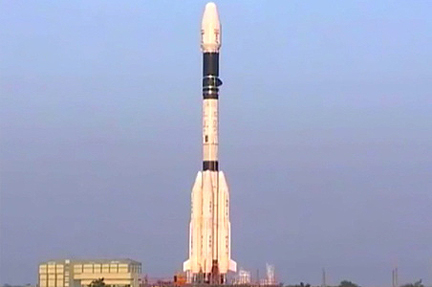Previous Spaceflight Launches
Filter by Agency, Locations or Vehicles
Show All LaunchesSoyuz-U-PVB | Yantar-4K2 80
Progress Rocket Space Center | RussiaPlesetsk Cosmodrome, Russian Federation
May 29, 2001, 5:55 p.m.
Soyuz-FG | Progress M1-6
Progress Rocket Space Center | RussiaBaikonur Cosmodrome, Republic of Kazakhstan
May 20, 2001, 10:32 p.m.
Delta II | NROL-17
United Launch Alliance | United States of AmericaCape Canaveral SFS, FL, USA
May 18, 2001, 5:45 p.m.
Proton-K/DM-2M | PAS 10
Khrunichev State Research and Production Space Center | RussiaBaikonur Cosmodrome, Republic of Kazakhstan
May 15, 2001, 1:11 a.m.
Status: Launch Successful
Mission:
PAS 10 (PanAmSat 10) was an American geosynchronous communications spacecraft. The 3.7 tonne (with fuel) satellite carried 48 transponders (24 in C-band and 24 in Ku-band) to provide direct-to-home video channels to Europe, Middle-East, and South Africa after parking over 68.5 deg-E longitude.
Geostationary OrbitZenit | XM-1
Sea Launch | RussiaSea Launch
May 8, 2001, 10:10 p.m.
Status: Launch Successful
Mission:
Hughes Space and Communications International, Inc., now Boeing Satellite Systems, Inc., and XM Satellite Radio Inc. (XMTM) signed a contract 23 March 1998, for two BSS-702 model satellites, named XM 1 and XM 2 (nicknamed "Rock" and "Roll"). These satellites are designed to provide state-of-the-art digital audio radio programming directly to cars, homes and portable radios coast to coast.
Geostationary Transfer OrbitSoyuz-U | Soyuz TM-32
Russian Federal Space Agency (ROSCOSMOS) | RussiaBaikonur Cosmodrome, Republic of Kazakhstan
April 28, 2001, 7:37 a.m.
Status: Launch Successful
Mission:
Soyuz TM-32 was a visiting mission to ISS, which carried 3 cosmonauts and astronauts. Russian Commander, cosmonaut Talgat Musabayev alongside Flight Engineer, Yuri Baturin and Flight Engineer/Spaceflight Participant Dennis Tito launched aboard the Soyuz spacecraft on April 28, 2001, 07:37:20 UTC. They docked with the station two days later. During their stay there, crew assisted Expedition 2 members in station work. Soyuz TM-32 crew returned aboard Soyuz TM-31, landing safely back on Earth on May 6, 2001, 05:41:28 UTC.
Low Earth OrbitSpace Shuttle Endeavour / OV-105 | STS-100
National Aeronautics and Space Administration | United States of AmericaKennedy Space Center, FL, USA
April 19, 2001, 6:40 p.m.
GSLV | GSAT-1
Indian Space Research Organization | IndiaSatish Dhawan Space Centre, India
April 18, 2001, 10:13 a.m.
Delta II | Mars Odyssey
United Launch Alliance | United States of AmericaCape Canaveral SFS, FL, USA
April 7, 2001, 3:02 p.m.
Status: Launch Successful
Mission:
2001 Mars Odyssey is a robotic spacecraft orbiting the planet Mars. The project was developed by NASA, and contracted out to Lockheed Martin, with an expected cost for the entire mission of US$297 million. Its mission is to use spectrometers and a thermal imager to detect evidence of past or present water and ice, as well as study the planet's geology and radiation environment.
Sun-Synchronous OrbitProton-M Briz-M | Ekran-M 4
Khrunichev State Research and Production Space Center | RussiaBaikonur Cosmodrome, Republic of Kazakhstan
April 7, 2001, 3:47 a.m.










